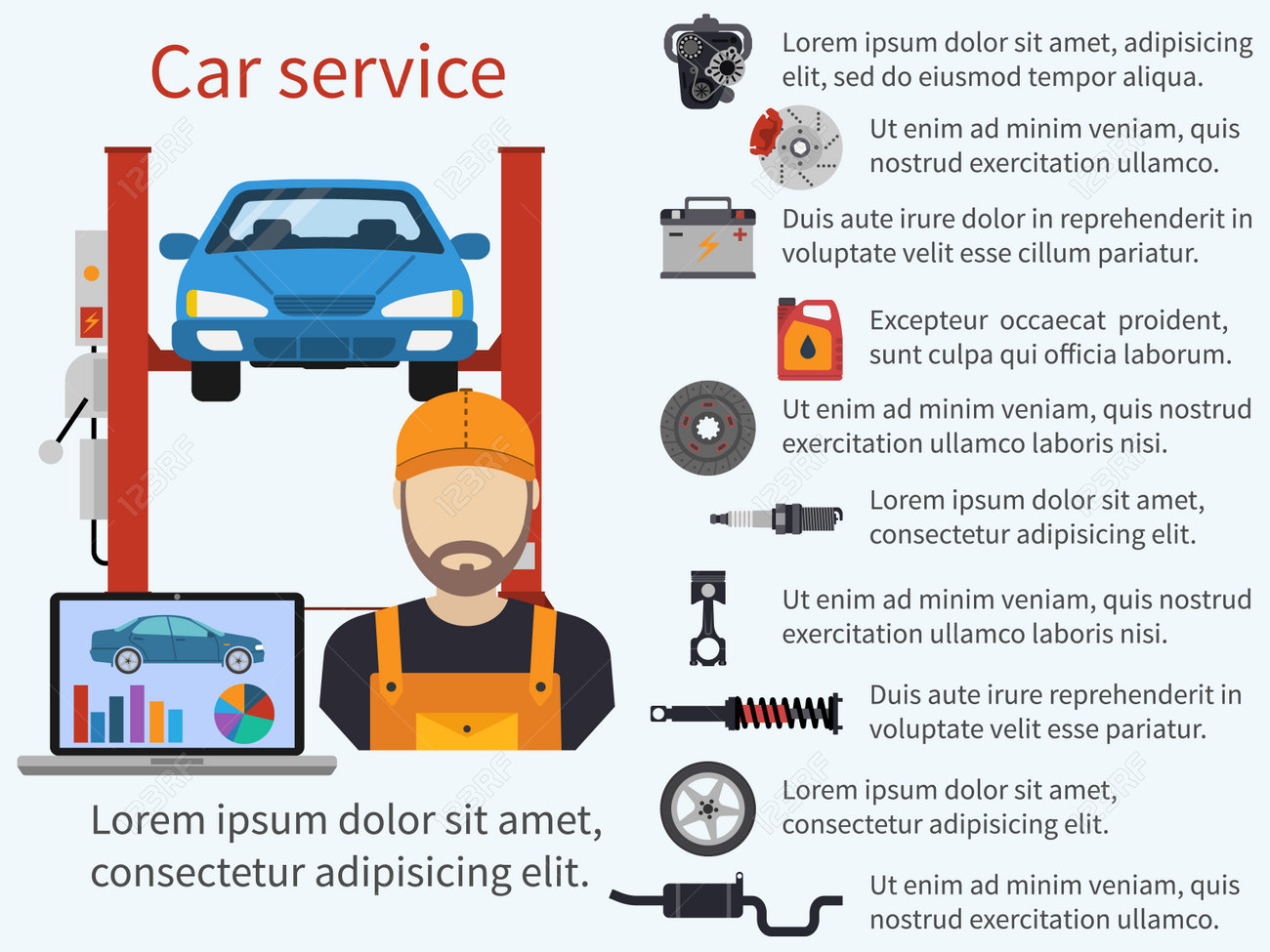Examining Your Vehicle'S Warning Indicators: What They Actually Communicate
Examining Your Vehicle'S Warning Indicators: What They Actually Communicate
Blog Article
Material Created By-Vinson Gilbert
When you're behind the wheel, those radiant caution lights on your dashboard can be a bit perplexing. Do you know what they're attempting to inform you concerning your car's health and wellness? Recognizing cardrtailing of these lights is important for your security and the longevity of your lorry. So, the next time among those lights pops up, wouldn't you wish to decode its message properly and take the necessary steps to address it?
Common Caution Lighting and Interpretations
Identify usual warning lights in your cars and truck and recognize their meanings to guarantee risk-free driving.
The most common warning lights include the check engine light, which signals issues with the engine or emissions system. If this light begins, it's crucial to have your car checked immediately.
The oil stress alerting light shows reduced oil stress, calling for immediate interest to stop engine damage.
A blinking battery light could suggest a malfunctioning billing system, possibly leaving you stranded if not addressed.
The tire pressure surveillance system (TPMS) light signals you to reduced tire pressure, impacting vehicle stability and fuel effectiveness. Ignoring this could result in harmful driving conditions.
The ABS light suggests an issue with the anti-lock stopping system, jeopardizing your capability to stop quickly in emergency situations.
Last but not least, the coolant temperature level advising light warns of engine overheating, which can cause severe damages if not resolved quickly.
Recognizing these common caution lights will assist you attend to problems promptly and preserve safe driving problems.
Relevance of Prompt Focus
Understanding the common caution lights in your automobile is just the primary step; the relevance of immediately attending to these warnings can not be highlighted sufficient to ensure your security on the road.
When a caution light brightens on your dashboard, it's your car's method of interacting a prospective issue that needs interest. Neglecting these cautions can result in more serious issues in the future, jeopardizing your safety and possibly costing you much more out of commission.
Motivate focus to warning lights can protect against breakdowns and crashes. For example, a blinking check engine light could indicate a misfire that, if left unattended, can trigger damages to the catalytic converter. Resolving this promptly can conserve you from a costly repair.
Likewise, boat detailing auckland advising light may indicate reduced brake liquid or worn brake pads, crucial elements for your safety and security when driving.
DIY Troubleshooting Tips
If you see a warning light on your dashboard, there are a few do it yourself fixing suggestions you can attempt prior to seeking professional aid.
The initial step is to consult your car's manual to comprehend what the particular caution light suggests. Sometimes the issue can be as simple as a loose gas cap activating the check engine light. Tightening up the gas cap may solve the issue.
https://electric-brakes29406.bloggactif.com/33219380/just-how-to-choose-the-right-auto-explaining-solution-for-your-demands is a low battery, which can activate different warning lights. Inspecting the battery links for deterioration and guaranteeing they're safe and secure may fix the trouble.
If a warning light persists, you can try resetting it by separating the cars and truck's battery for a few mins and then reconnecting it. Furthermore, examining simply click the next web page , such as oil, coolant, and brake fluid, can help repair alerting lights associated with these systems.
Conclusion
To conclude, understanding your car's caution lights is necessary for keeping your car running smoothly and safely. By promptly dealing with these informs and recognizing what they suggest, you can avoid pricey repairs and prospective breakdowns.
Bear in mind to consult your car's guidebook for certain details on each cautioning light and do something about it appropriately to ensure a trouble-free driving experience.
Remain educated, stay risk-free on the road!
